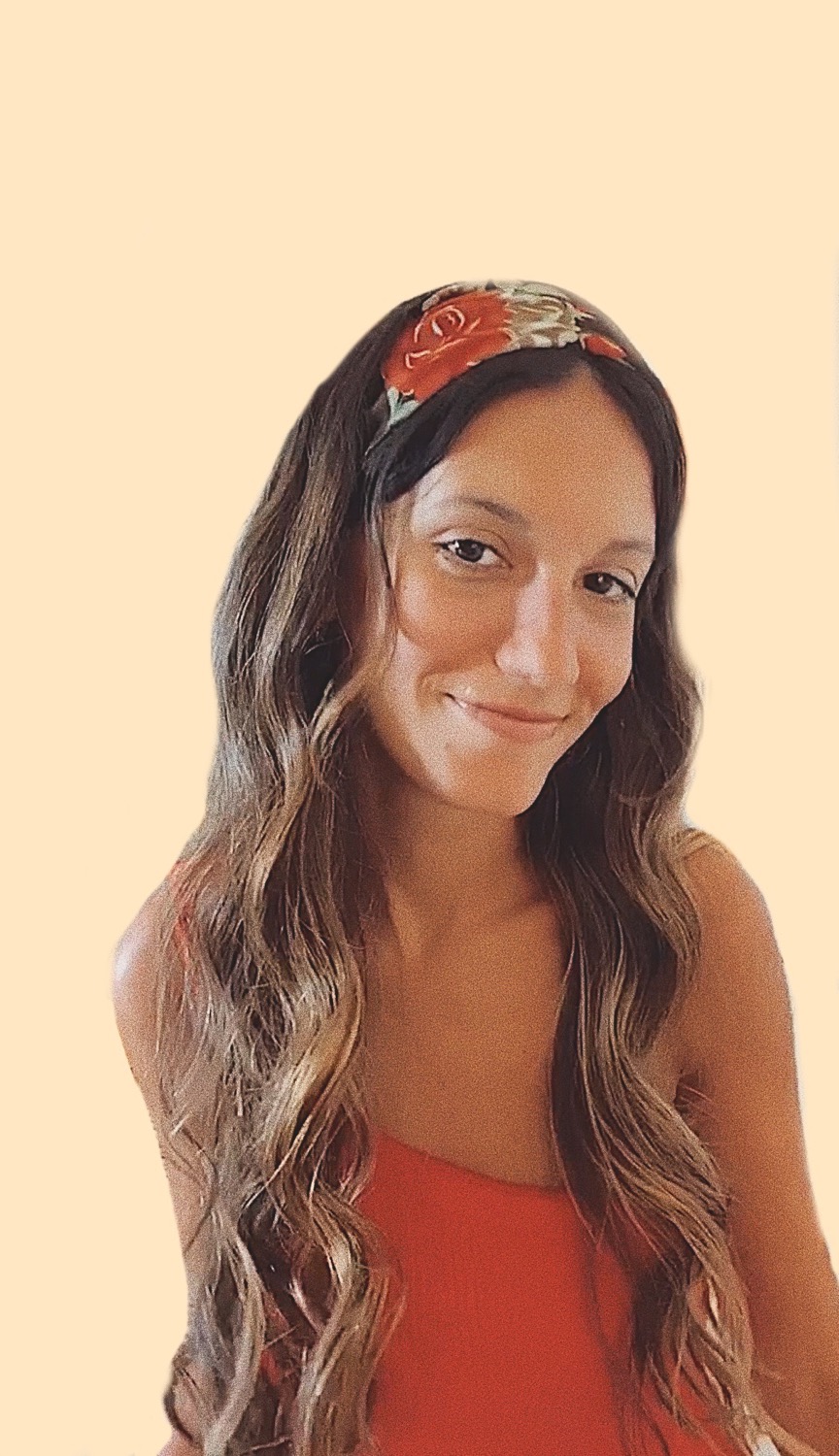Can Artificial Intelligence and Sustainability Coexist? My Honest Thoughts on Using Technology With Intention
- Maressa Benz
- Mar 28
- 3 min read
If you know me, you know I’m passionate about sustainable living.
Choosing the earth, a slower pace, intention, and healing over hustle. So when I started using AI (Artificial Intelligence) tools like ChatGPT more regularly, I felt a surprising tension: Could I really integrate something so tech-heavy into a lifestyle that’s supposed to be rooted in nature and simplicity?
This blog is my honest reflection on that question. Because the truth is, yes. AI requires energy. It lives in data centers that use a lot of power, and that’s something we can’t ignore. But I also believe that when something has the potential to either disconnect us or deepen our purpose, how we use it is what makes all the difference.
Let’s talk about the contradiction… and why I’m okay with holding both.
I care deeply about the earth. And that means I want to know the full story of the tools I use. I’ve read about the environmental cost of data centers, and I understand the complexity of the digital world we now live in. But I also believe that we can’t afford to leave the conversation around AI in the hands of corporations or people who only want to use it for speed, profit, or convenience.
We need people in the conversation who lead with values.
We need people who slow down.
Who ask hard questions.
Who know that healing and regeneration go hand-in-hand with progress.
And that’s why I still choose to use AI. Consciously and intentionally.
How I’m using AI for good
I don’t use AI to automate my whole life or make me feel more productive. I use it to feel more grounded and aligned.
Here are a few ways I’ve found it genuinely helpful:
• To support my nervous system: I use AI to track emotional patterns, reflect on stress triggers, and guide me through self-soothing when I feel dysregulated.
• To honor my menstrual cycle: I plan my tasks and routines based on where I am in my cycle—follicular, ovulatory, luteal, or menstrual—and ask for ideas, food recommendations, or rituals to align with each phase.
• To create sustainable content with clarity: I brainstorm ethical content ideas, structure my blog posts, and explore gentle ways to teach sustainability.
• To reduce decision fatigue: Instead of overthinking what to say, do, or plan, I use AI as a mirror that helps me focus on what matters most.
None of this replaces intuition. It supports it.

Where I’m headed next…
I’ve been dreaming of a world where AI and sustainability don’t feel like opposites, but collaborators, partners, and a team.
Where technology doesn’t take us further from the earth, but helps us care for it more intentionally.
Where AI supports nervous system healing, slow living, creative freedom, and conscious consumption.
Where tools like this are used to lighten emotional labor, not automate our humanity.
I’m currently working on ways to share how I use AI in my everyday life—from reflective journaling to sustainable planning—to help others feel supported without compromising their values.
My Final thoughts on Artificial Intelligence and Sustainability
If you’ve been curious about AI but felt unsure about how it fits into your eco-conscious life, I want you to know this:
You’re allowed to hold the contradiction.
You’re allowed to explore.
And you’re allowed to be the one who changes the way this tool is used—from the inside out.
It’s not about being perfect. It’s about being intentional.
Let’s create the future we want to live in. Together.















Comments